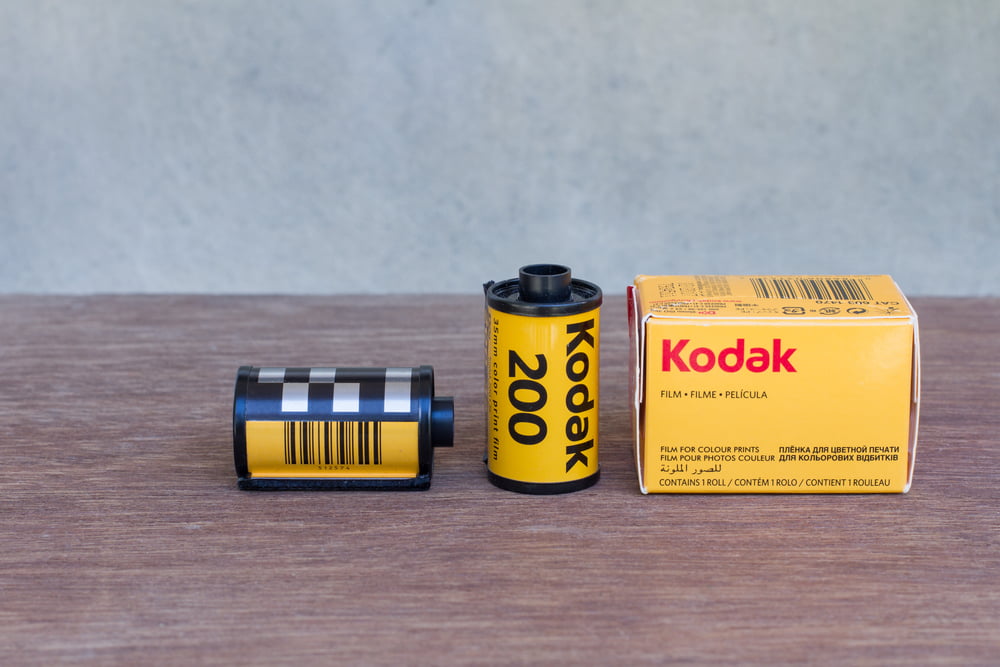When New Yorks Post’s editor Kevin Dugan visited the website of Kodak dedicated to the company’s prominent ICO he was surprised. He found that the site contained “fake pictures”, a “dummy text” and wasn’t finished. Sorry to disturb all Kodak’s fans, but this seems to be not the last pitfall in company’s attempts to survive by joining the crypto hype.
Disclosure: This is a Sponsored Article
Digital photo? What is it? White paper? What is it?
As Dugan reported in his article on the ICO, he contacted Kodak’s managers to obtain a comment regarding the topic, and the unfinished website was soon closed. Now it looks OK just like many sites about ICO projects do, but the failure to synchronize the announcement about the ICO and the readiness of a main marketing tool is symptomatic: the former market leader is gasping to stay afloat in the new world which nearly buried its former glory.
Kodak is a newbie to the crypto world, and the story with convulsive preparing to an ICO, reflected in the case with the website, shows that the company doesn’t have a solid background in it. That’s why it was necessary to find a partner (British WENN Digital) to fill the gap between business goals and competence. That leaves a question: which expertise can Kodak bring to the project? It’s obviously that the company, which has been concentrating on other businesses over recent years, doesn’t have any new ideas to be implemented in the sphere of visual content. Neither does in the area of securing copyright and intellectual property.
The biggest problem with Kodak is that it lacks not only competence and any fresh ideas taken from their R&D, but also a thoroughly worked strategy.
We were mistaken when wrote the website looks like many others. It lacks (as of January, 15) one thing, a very important one: a white paper, a cornerstone document containing the description of a product and how it works. The reason, you guess it, is simple: Kodak seems to haven’t got a product and has nothing to offer their investors except massive debts and the faded glory. We also cannot know how issued tokens will be distributed and exchanged. To be honest, we don’t know anything. This fact annoyed Wall Street analysts who started shorting Kodak’s shares after their jump a few days ago.
“To me, it looks like KODAK is trying to ride the cryptocraze to glory, which is a dangerous game to play given the meteoric rise of other cryptocurrencies like Bitcoin”, as Tim Biggam, an InvestorPlace contributor claimed.
We said the biggest problem with Kodak was the lack of strategy? We were mistaken again. The greatest obstacle to success is that the former giant is just late. While it struggles to launch the website in time and to have a white paper, competitors have gone far ahead. Just look.
This month a Switzerland-based startup IPStock announced its ICO. What’s in the product? It’s a blockchain platform which empowers visual content creators to secure their right to be paid for the usage of their production as well as ensures appropriate usage of their works. It applies to all kinds of visual content and, if we look into their white paper, has new ideas about how to build a solid and effective architecture. The project has been developed for five years now, thousands of bytes have been coded, and the product is in its final stage.
But IPStock and the like don’t have much what Kodak has, you can say. You are right, IPStock doesn’t. He doesn’t possess debts to be paid, neither has bureaucracy and excessive staff, neither has competence in old era technologies which used to earn great money – in the past. What it has is a team of young experienced developers as well as almost finished product to be marketed soon. Their platforms (and those from other competitors) will come much sooner than the Kodak’s one – the company which has a great record of being late.

